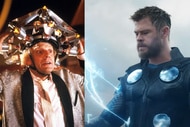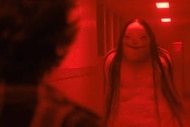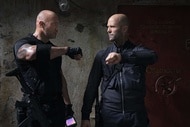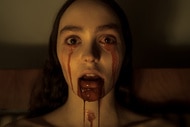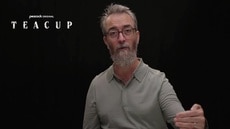Create a free profile to get unlimited access to exclusive videos, sweepstakes, and more!
'No Time to Die' director on building James Bond a city – and the unnoticed Easter egg hidden within
Cary Joji Fukunaga discusses crafting the last James Bond installment of the Daniel Craig era.
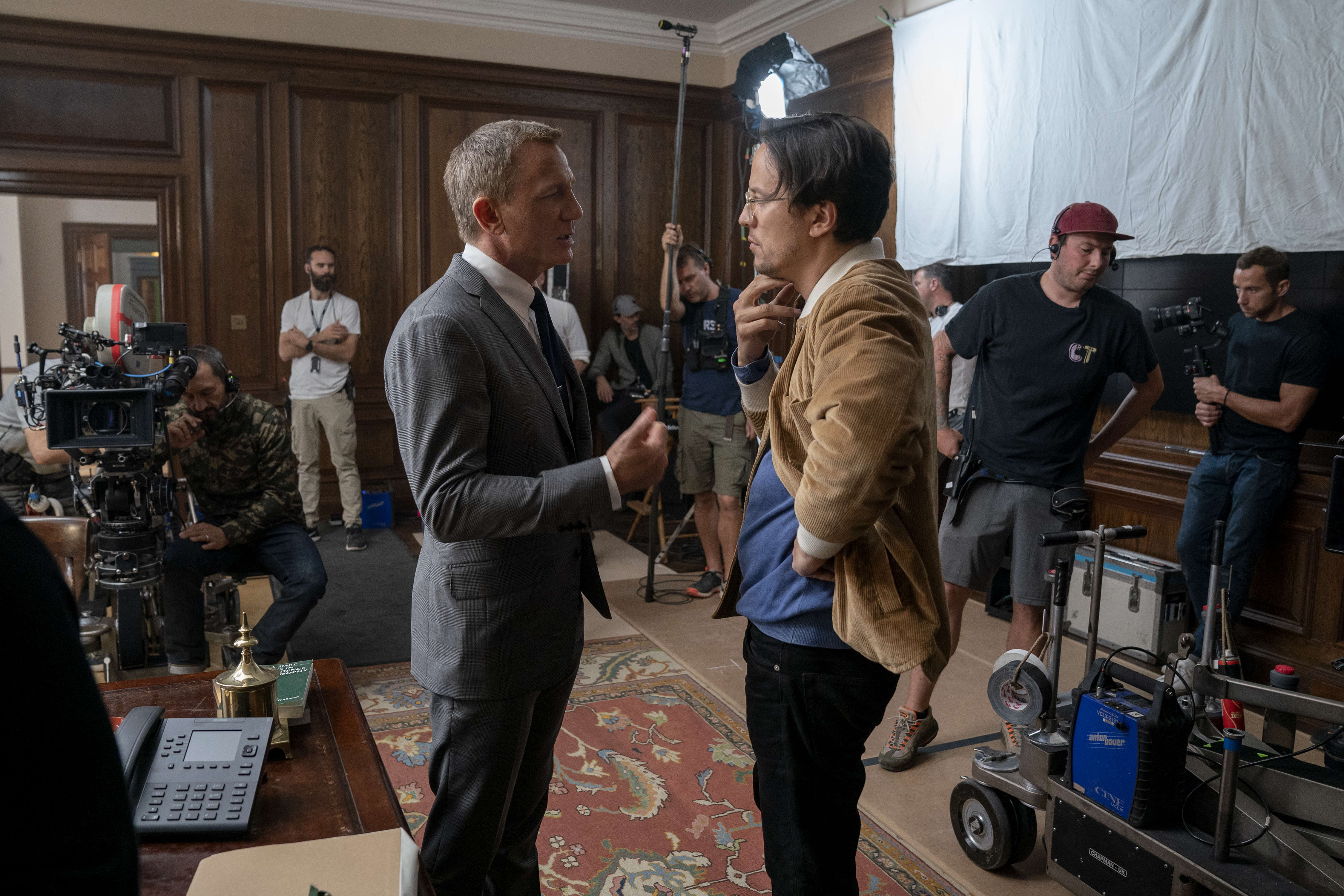
Although Daniel Craig’s run as Agent 007 came to a close in No Time to Die – Craig’s fifth turn as James Bond and the 25th movie in the franchise’s legendary canon – the movie’s director, Cary Joji Fukunaga, is just now revealing how the most recent installment was crafted.
This was Fukunaga’s first Bond movie (other credits of his include the first season of HBO’s True Detective as well as the critically acclaimed 2015 film Beasts of No Nation) and with that came the filmmaker’s own unique touch – in this case, that included shooting on film instead of digital.
“The thing about film is that it captures something in a way that instantly hits that part of our brain that sucks us into the kind of magic of filmmaking,” Fukunaga told Variety recently.
Oh, and for those beautiful, action-packed scenes that find Mr. Bond in Matera, Italy? Well, they were filmed on location – except in a brand new city built entirely for the movie. “We built this necropolis across the valley from it and had to match the stone,” Fukunaga said. “You see in the background, there’s the town of Matera and everything matches and feels as if it had always been there, but that cemetery didn’t exist a couple of weeks prior.”
The cemetery that Fukunaga is referring to is, of course, the one that holds the gravestone of Vesper Lynd – Bond’s ill-fated love interest from Casino Royale (2006), as portrayed by Eva Green. In the new film, 007 goes to pay his respects to her, and if you pause at the right moment, you might catch a glimpse of a very subtle Easter egg that the director slipped in there.
“We never make a big deal of it, there’s no focus on it, but for anyone who goes back — two skeletons are holding up a banner carved in stone,” Fukunaga said. “It’s a Latin phrase that Mark [Tildesley, the production designer] and I had seen on the main basilica where the bridge is located. The phrase says, 'What you are I once was, and what I am, he will become.' So it was written in the beginning.”
It’s clear how much thought and care was put into the creation of No Time to Die – and to anyone who has seen the movie, all of that effort fully paid off. May the 26th Bond movie be just as satisfying.
No Time to Die is currently available on home video.

